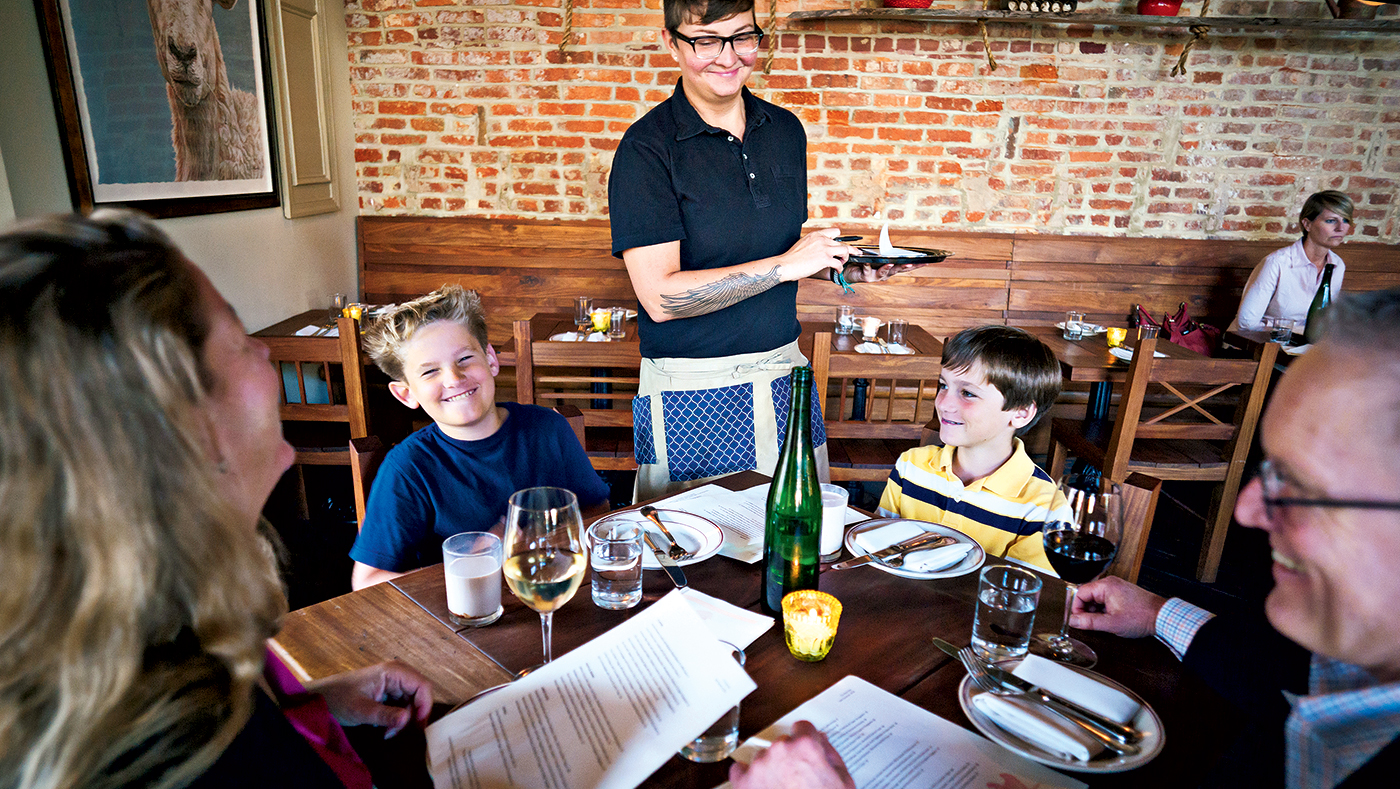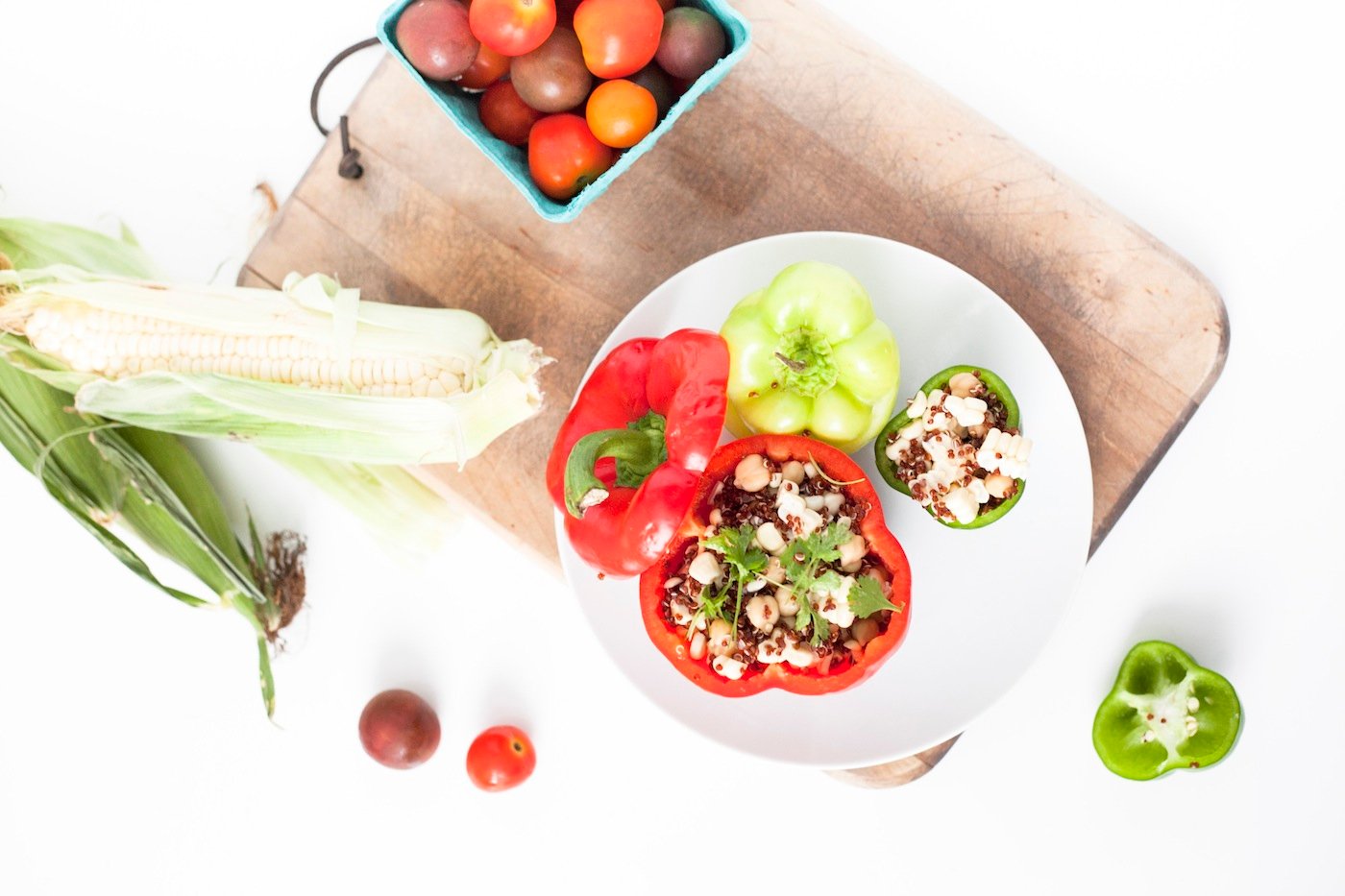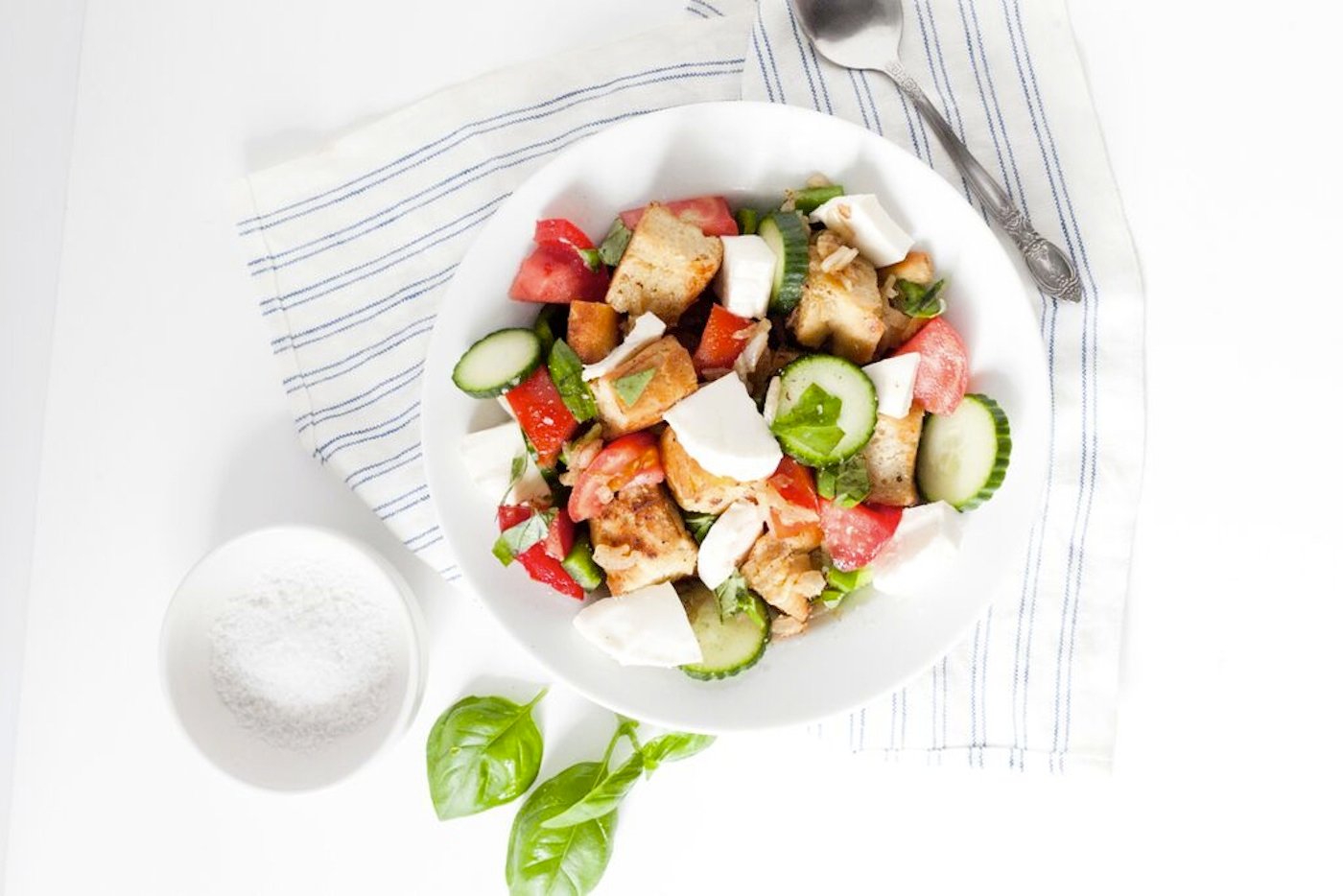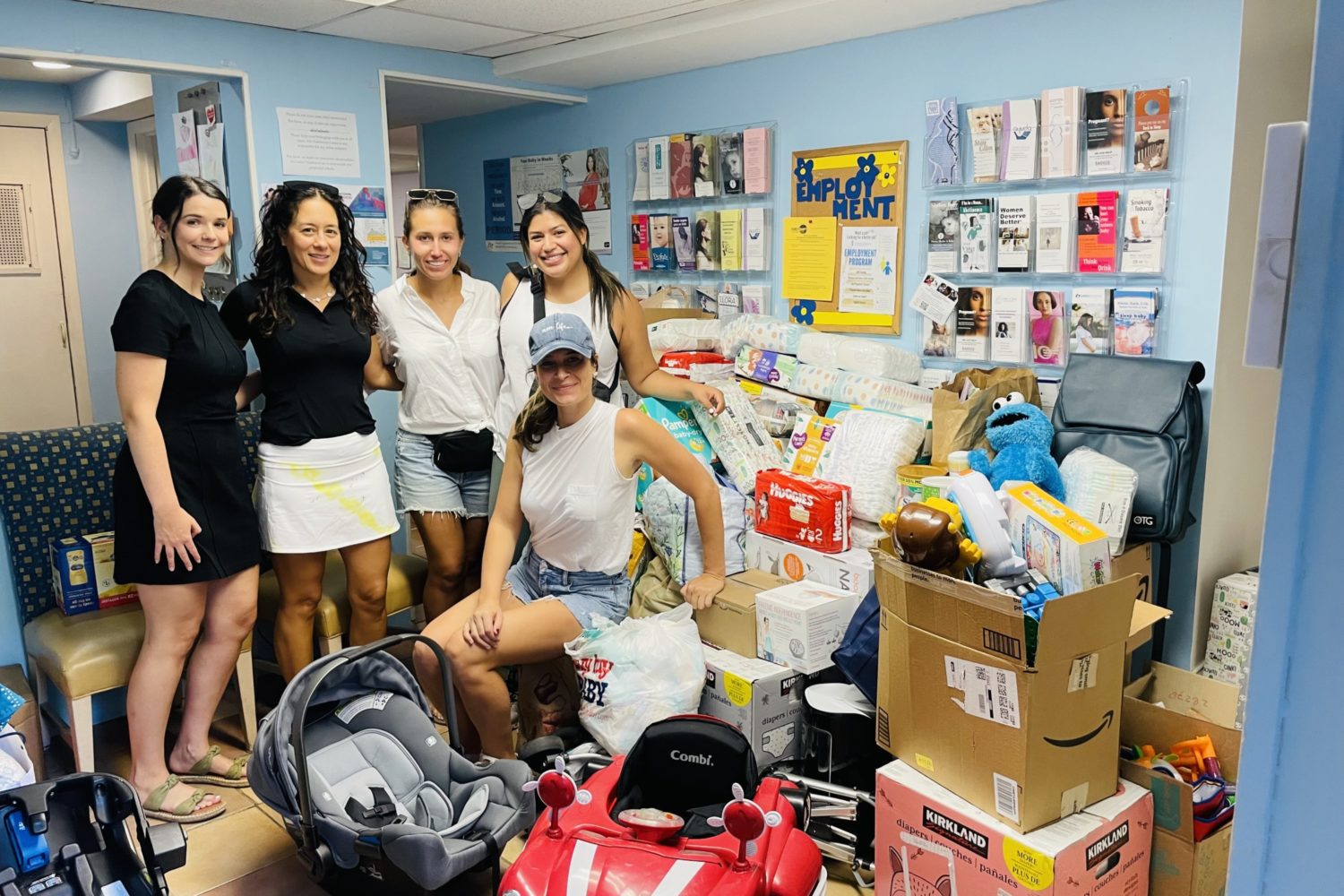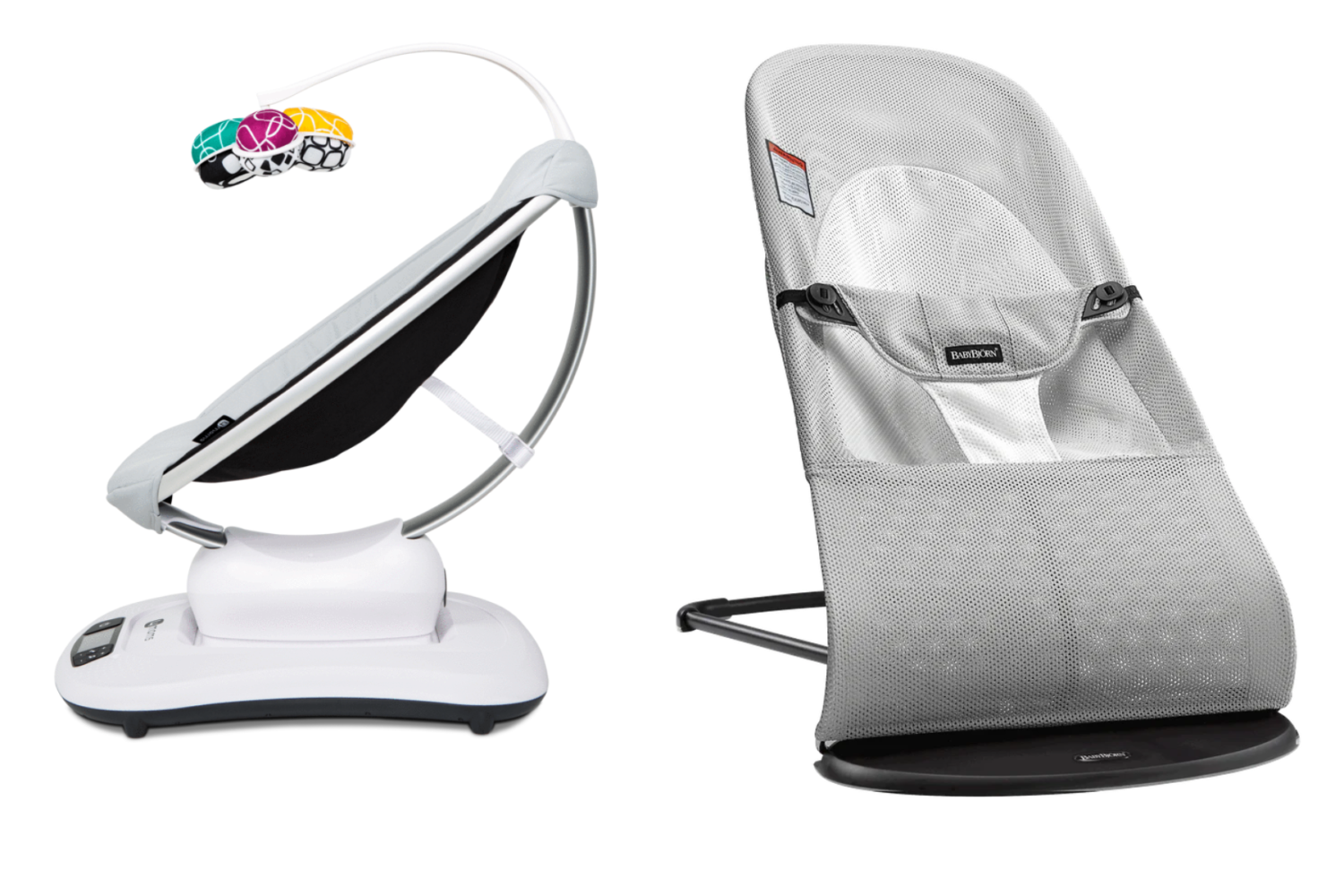When Garden District opened for the season this spring, Charlotte Williams was one of the first patrons lined up for a table at the barbecue hangout. “It’s one of her favorite spots,” says her mom, Sara Williams, a former corporate event planner who lives nearby in DC’s Logan Circle. “We’ve always made a point to make her part of our community, including the food culture,” says Williams, who proudly brings Charlotte, now five, and her one-year-old sister, Stella, to popular 14th Street restaurants such as Etto, Pearl Dive Oyster Bar, and Ted’s Bulletin.
Williams says she and her family eat out two or three times a week, and credits that frequency for Charlotte’s love of being around new people and places. “We go up and down 14th Street, and Charlotte knows every business owner and employee. It makes the experience great for all of us. There is no fear on her part going in, and she feels a part of the eating-out experience.”
Making kids feel a part of something all the time is a key to eating-out success, according to Nycci Safier Nellis, publisher of the DC food website TheListAreYouOnIt.com and co-host of local radio’s “Foodie and the Beast.” “Most restaurants are generally kid-friendly if you follow certain rules,” she says. These include eating early—“in by 5:30 or 6:00 PM and out by 7:30”—and preparing children ahead of time about what they can eat, especially with picky eaters. “If you call the restaurant with a food request and they say, No, we can’t do this, then that is not a place you can bring your kid.”
Nellis often takes her younger children—they’re 12 and 14—out to places like Graffiato or the Source for meals, and her kids have experimented with delicacies like foie gras. “It’s important the conversations you have with your children about food. We say, ‘You at least take a bite. If you don’t like it, spit it out in a napkin.’ At least have them try things, teach them how to feel about food. It’s not ‘icky,’ it’s not ‘gross.’ Being in a restaurant is a luxury—it’s not your god-given right to dine out. Kids should be appreciative.”
“Kids want to have goals and a sense of accomplishment. They just need practice,” says Rebecca Czarniecki, the owner of Tea with Mrs. B, a teahouse in Falls Church that provides etiquette lessons to children.
Czarniecki believes that kids can enjoy eating out at any age. When she visited the now-shuttered Citronelle with her three-year-old son, Simon, he put his napkin in his lap and ate “European style” (fork and knife remaining in the same hands, rather than lowering the knife to the plate and switching hands with the fork, à la “American style”). Her rules for kids eating out are straightforward: no tablet or smartphone at the table, but it’s okay for a child to bring a small amusement, like a tick-tack-toe puzzle, book, or crayons, which must be put away when the food arrives. Even at young ages, Czarniecki believes, children can say “please” and “thank you,” place a napkin in their lap, and greet the wait staff and other diners, “especially when diners are staring at them.”
“Some parents are hard on their kids,” she says. “Accidents happen, kids will spill things and get food on their clothes. You need reasonable expectations. The most important thing is that they are engaged and communicating and taking part in the experience.”
Creating reasonable expectations is what worked for Carrie Gombos, who eats out weekly with her four-year-old twin boys, Ben and Josh, in and around their Georgetown neighborhood. “I used to think it was more important for the boys to eat their whole dinner, but I’ve realized their appetites vary widely from day to day,” says Gombos, an environmental attorney. She takes the boys to Surfside, Matchbox, Cafe Deluxe, and 2 Amys. “I am confident now that they’ll eat when and if they’re hungry, and I don’t get too worried if they don’t eat as much.”
Final piece of advice? If and when kids make a mess—which, as Czarniecki notes, can happen at any age—a generous tip goes a long way toward fostering goodwill.

